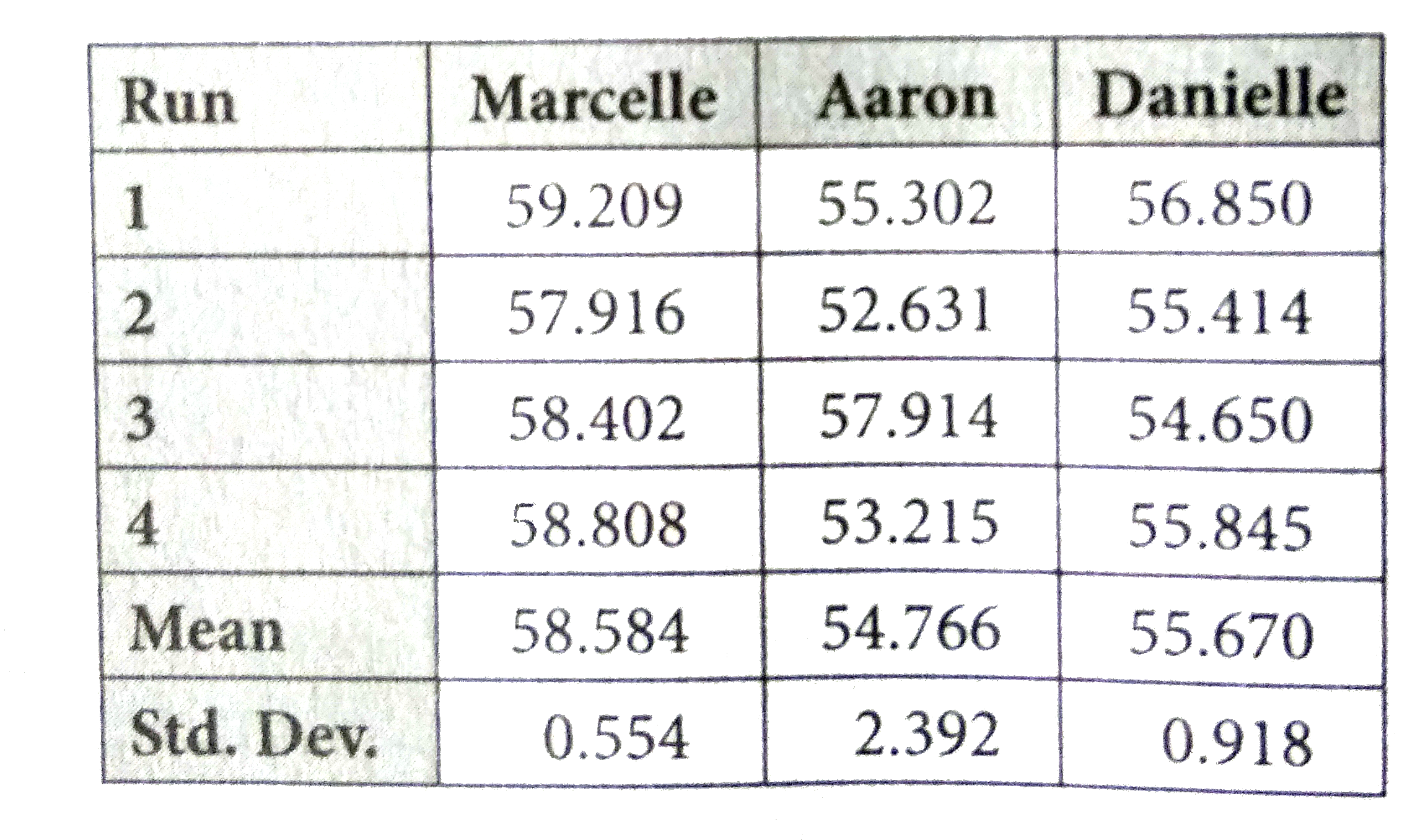Pronator and supinator
Step-by-Step Solution:
1. Understanding the Terms:
- Pronator and supinator refer to specific positions of the arm, hand, or feet. These terms describe the orientation or movement of these body parts.
2. Defining Supination:
- Supination is the position where the palm of the hand is facing upwards. In this position, the forearm is rotated so that the radius and ulna bones are parallel to each other.
3. Defining Pronation:
- Pronation is the opposite of supination. In this position, the palm of the hand is facing downwards. Here, the forearm is rotated so that the radius crosses over the ulna.
4. Application to Other Body Parts:
- While the terms are commonly used in reference to the hands and forearms, they can also apply to the feet. For example, when the foot is turned so that the sole faces upwards, it is in a supinated position, whereas if the foot is turned so that the sole faces downwards, it is in a pronated position.
5. Visualizing the Positions:
- To visualize these positions, imagine holding your arm out in front of you. If you turn your palm to face the sky, you are in a supinated position. If you turn your palm to face the ground, you are in a pronated position.
- Pronator and supinator refer to specific positions of the arm, hand, or feet. These terms describe the orientation or movement of these body parts.
- Supination is the position where the palm of the hand is facing upwards. In this position, the forearm is rotated so that the radius and ulna bones are parallel to each other.
- Pronation is the opposite of supination. In this position, the palm of the hand is facing downwards. Here, the forearm is rotated so that the radius crosses over the ulna.
- While the terms are commonly used in reference to the hands and forearms, they can also apply to the feet. For example, when the foot is turned so that the sole faces upwards, it is in a supinated position, whereas if the foot is turned so that the sole faces downwards, it is in a pronated position.
- To visualize these positions, imagine holding your arm out in front of you. If you turn your palm to face the sky, you are in a supinated position. If you turn your palm to face the ground, you are in a pronated position.
Topper's Solved these Questions
- LOCOMOTIONA ND MOVEMENT BOOK - ICSECHAPTER - LOCOMOTIONA ND MOVEMENT EXERCISE - NCERT EXERCISES WITH ANSWER (Fill in the blanks )
6 Videos
- LOCOMOTION AND MOVEMENTBOOK - ICSECHAPTER - LOCOMOTION AND MOVEMENTEXERCISE - LONG ANSWER TYPE QUESTIONS
14 Videos
- MINERAL NUTRITION BOOK - ICSECHAPTER - MINERAL NUTRITION EXERCISE - NCERT EXERCISE WITH ANSWER (DIFFERNTIATE BETWEEN )
9 Videos
Similar Questions
Assertion:− Pronate and supinate both position of Hands are found in Human
Reason:− In human joint between radius and ulna is pivot joint.
View SolutionMark the wrong item in each of the following series :
pronator, ligament, supinator, adductor.
View SolutionForearm is rotated to turn palm downward or backward by muscle
(a) Adductor
(b) Abductor
(c) Pronator
(d) Extensor
View SolutionWhen we move the palm in upward direction by the action of supinator muscle, the position of ulna is
View SolutionLuge is a winter sport in which a person slides down an ice track feet first on a small sled. The luger lies supine (on his back) and uses his calf and shoulder muscles to steer the sled. Below is a summary of the times, in seconds, of three luger's practice runs on a track in Utah.

Which of the following conclusions can be drawn based on th data in the table?
View Solution
